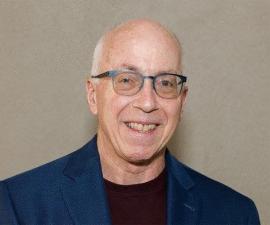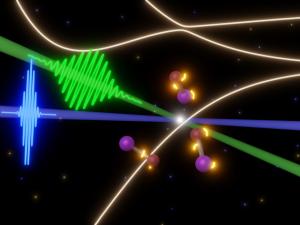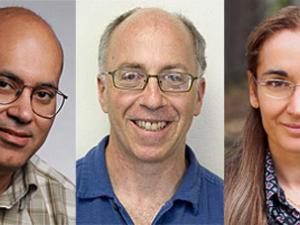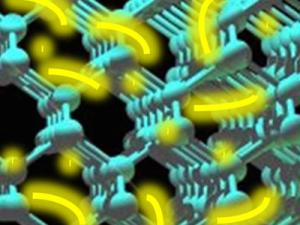

Research Bio
Professor Neumark and his research group carry out state-of-the-art experiments to probe fundamental problems in chemical physics. The projects in his laboratories encompass (i) reaction dynamics of bimolecular and unimolecular reactions, in which one maps out in detail the potential energy surfaces on which chemistry occurs, (ii) cluster spectroscopy and dynamics, which explore how the properties of matter evolve with size, and (iii) ultrafast x-ray science, where novel femtosecond and attosecond light source initiate and/or probe dynamics in the soft x-ray regime. His research encompasses novel photodetachment experiments on gas phase negative ions, transient absorption and non-linear four-wave mixing experiments with attosecond soft x-ray pulses, molecular beam scattering from flat liquid jets to probe interfacial chemistry and dynamics, and time-resolved photoemission from liquid jets using femtosecond extreme ultraviolet pulses to probe the relaxation dynamics of photoexcited nucleobases and related species. .
Research Expertise and Interest
physical chemistry, molecular structure and dynamics, spectroscopy and dynamics of transition states, radicals, clusters, frequency and time-domain techniques, state-resolved photodissociation, photodetachment of negative ion beams
In the News
What happens when you explode a chemical bond?
Five Berkeley scientists named to National Academy
Scientists measure speedy electrons in silicon
In semiconductors like silicon, electrons attached to atoms in the crystal lattice can be mobilized into the conduction band by light or voltage. Berkeley scientists have taken snapshots of this very brief band-gap jump and timed it at 450 attoseconds.



